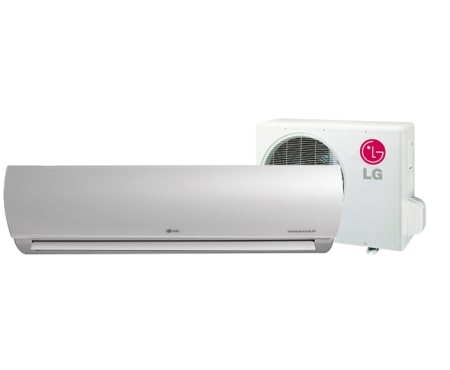I've just revisited the possibility of having air conditioning in a very well insulated room, due to a friend up the road, who is also interested in a commercial work environment. It gets disgustingly hot around here.
There are a few conditioners with modest power input, of around 420-540W, and an efficiency ratio of 4.3 -> 4.6.
If you want to investigate random brands, then you can check out the Australian Gov efficiency site: http://reg.energyrating.gov.au/compa...aginate_by=500
The best ones appear to be Daikin, LG, and Fujitsu. The Fujitsu has something tantalizing in its specs: a DC motor, with variable input, down to 250W. I don't know if this is just to run the fans, or whether the motor can go slow.
Compressor Type
DC Rotary
Input, Range (Watts)
250-1270
That's all it says; no voltage or anything useful. Knowing our luck, this will be a DC compressor like on the Danfoss fridges, which have a 2 phase input. I'm just wondering if it's worth investigating whether these motors could be driven directly off panels, or whether it would be a complete waste of time. The good thing about directly driving it from panels, would be that the panel output would regulate the speed of the compressor. A bugbear of AC solar aircon, is that just when you turn it on, a cloud turns up, which means you end up drawing from your batteries, during a time when you are trying to charge them. You then need a circuit to shut off the aircon during small clouds.
Do any of you know anything about what's in these air conditioners?
There are a few conditioners with modest power input, of around 420-540W, and an efficiency ratio of 4.3 -> 4.6.
If you want to investigate random brands, then you can check out the Australian Gov efficiency site: http://reg.energyrating.gov.au/compa...aginate_by=500
The best ones appear to be Daikin, LG, and Fujitsu. The Fujitsu has something tantalizing in its specs: a DC motor, with variable input, down to 250W. I don't know if this is just to run the fans, or whether the motor can go slow.
Compressor Type
DC Rotary
Input, Range (Watts)
250-1270
That's all it says; no voltage or anything useful. Knowing our luck, this will be a DC compressor like on the Danfoss fridges, which have a 2 phase input. I'm just wondering if it's worth investigating whether these motors could be driven directly off panels, or whether it would be a complete waste of time. The good thing about directly driving it from panels, would be that the panel output would regulate the speed of the compressor. A bugbear of AC solar aircon, is that just when you turn it on, a cloud turns up, which means you end up drawing from your batteries, during a time when you are trying to charge them. You then need a circuit to shut off the aircon during small clouds.
Do any of you know anything about what's in these air conditioners?




Comment